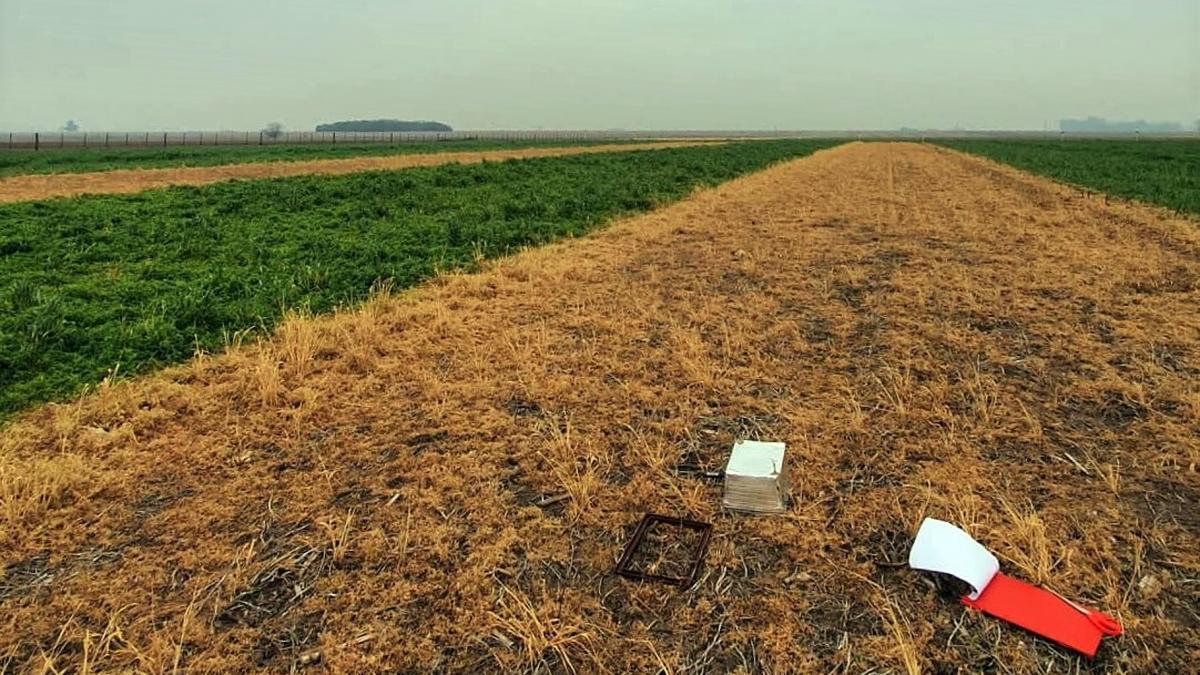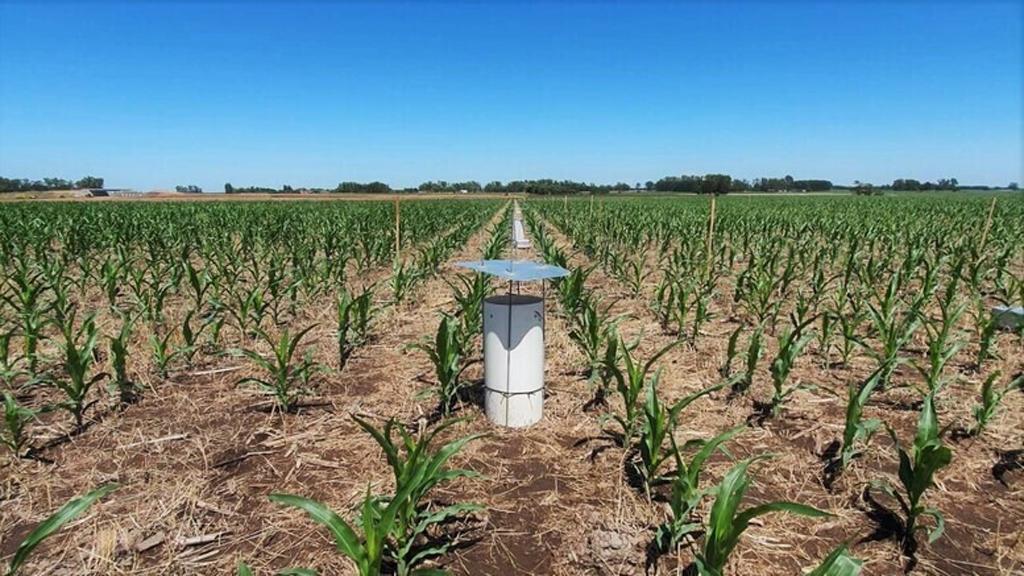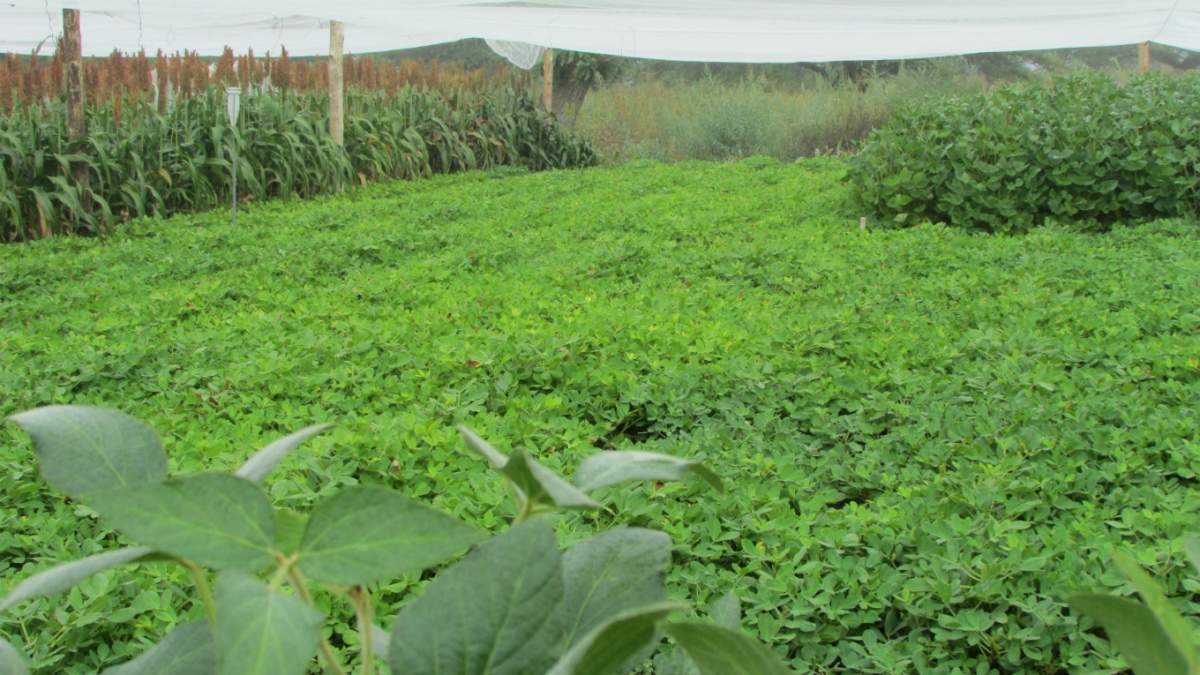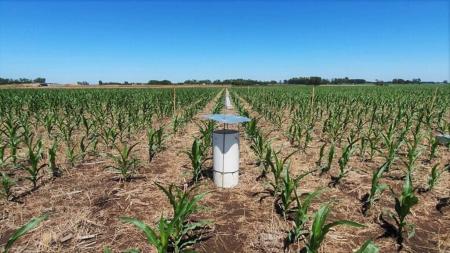 Protected areas in Argentina cover an approximate area of 20.3 million hectares.
Protected areas in Argentina cover an approximate area of 20.3 million hectares.
Los Argentine soils store 2% of the world carbon stock and have great potential to modify the country’s carbon dioxide balance and contribute to the mitigation of climate change on a global scale, according to a study by the Institute National Institute of Agricultural Technology (INTA), the Ministry of Agriculture, Aapresid and CREA.
“Argentina has 2% of the world’s carbon reserve,” assured on Télam Radio the Coordinator of INTA’s National Natural Resources Program, Carolina Sasal.
Soil organic carbon (SOC) is the main indicator of soil quality and its productive potential, consigned in a work on the reserve of the same in Argentine soils in the first 30 centimeters of depth.
Sasal remarked that “carbon is a fundamental pillar for sustainable production” since, when talking about soil quality indicators, “carbon is the main one.”
 The team of researchers collected information from around 5,400 soil samples from all over the national territory.
The team of researchers collected information from around 5,400 soil samples from all over the national territory.
Because agricultural use modifies the physical, chemical, and biological properties of the soil, knowing and understanding the spatial distribution of carbon is essential for the design of conservation strategies, in line with the need to continue producing food for a population. growing world.
“An increase in the soil carbon stock impacts the physical, chemical, and biological properties, not only of the soil, but of the entire ecosystem,” Sasal explained.
Based on this scenario, he stressed that “now having an updated map with data from the last five or six years of carbon in the first 30 centimeters in different eco-regions and different soil orders allows us to have a baseline.”
“If we compare the information (from the FAO on the carbon reserve in the first 30 centimeters of the soil), we see that Argentina has 2% of the world’s carbon reserve,” he emphasized.
“An increase in the soil carbon stock impacts the physical, chemical, and biological properties, not only of the soil, but of the entire ecosystem”Carolina Sasal
For Sasal, this information “will make it possible to work on carbon credit schemes, evaluate in different regions what are the practices and strategies that we must implement to increase storage and reduce greenhouse gas emissions”
Due to the great importance of soil organic carbon on a global scale, “there is a growing interest in estimating and mapping the remaining reserves and their potential for change to sequester carbon with greater precision and at finer spatial resolutions and larger geographic extensions. “, expressed for his part the coordinator of INTA’s National Forestry Program, Pablo Peri.
The team of researchers collected information from around 5,400 soil samples from all over the national territory, processed by different research projects between 2015 and 2022.
To prepare the map, they used digital soil mapping techniques to study the relationship between the measured data and 40 climatic, topographic, edaphic, and vegetation variables, to generate a prediction model that allows estimating the SOC reserve in places not measured and obtain a national scale map.
“There is a growing interest in estimating and mapping the remaining reserves and their change potential to sequester carbon with greater” Pablo Peri
Of the country’s 16 ecoregions, the Patagonian Steppe, the Pampa, and the Dry Chaco are the ones that contain the largest SOC reserve and, in total, these three ecoregions represent approximately 55% of the country’s reserve.
While the fields and weeds, Esteros del Iberá and Islas del Atlántico Sur are the ecoregions with the lowest SOC reserve, with 1.1% of the total, influenced by the area occupied by these ecoregions.
By surface unit, the Patagonian Forest ecoregion is the one with the highest content, with 130 tons per hectare; while the plains and plateaus forest is the one with the lowest content with 32.5 tons per hectare.
 An increase in the carbon stock of the soil impacts on the physical, chemical, and biological properties.
An increase in the carbon stock of the soil impacts on the physical, chemical, and biological properties.
“This study indicates that, with small increases in carbon sequestration, soils have great potential to modify the country’s carbon dioxide balance and contribute to the mitigation of global climate change,” added Juan Gaitán, coordinator of the Monitoring project. of degradation of landscapes and productive systems with goals in the neutrality of land degradation.
Likewise, Argentina’s protected areas cover an approximate area of 20.3 million hectares, and store almost 9% of the country’s total SOC reserve.
“This study indicates that, with small increases in carbon sequestration, soils have great potential to modify the country’s carbon dioxide balance and contribute to the mitigation of global climate change” Juan Gaitán
For his part, the National Director of Agriculture, Agustín Pérez Andrich, affirmed that “the implementation of good management practices for extensive crops in Pampas soils can maximize the capacity of these soils to sequester carbon, which represents an important strategy for its conservation, as well as climate change mitigation”.
Along these lines, INTA Paraná (Entre Ríos) researcher Ana Wingeyer pointed out that “the work presented provides a baseline for developing carbon credit trading schemes, and can help identify and prioritize potential locations for carbon soil-based carbon sequestration.
“The concept that soils and agriculture can simultaneously represent solutions to global problems, such as climate change and lack of food security, gave rise to several international initiatives that seek to conserve and increase the stock of organic carbon,” he added. wingeyer.
The United Nations Convention to Combat Desertification adopted the mapping of SOC reserves as one of the indicators to estimate the area of degraded land in the context of monitoring the goal of achieving neutrality in land degradation towards 2030.
“For this reason, the map and its future updates will contribute to reporting progress on the goals committed, before these international initiatives, to carry out local actions to limit emissions and to conserve and increase sinks and reservoirs of greenhouse gases,” Peri stressed.
Argentine producers obtained a six in sustainability, according to a study
Argentine producers get a six in sustainabilityaccording to one Survey of the Systems Study Network (RedES)integrated by the Fauba, Aapresid, Aacrea e INTAwhich evaluated how sustainable the establishments throughout the country are in aspects such as rotations, phytosanitary and soil health, among others.
In recent decades, Argentine agricultural production has increased its area and intensified, and as a result, productivity has risen but the environmental problems associated with the activity have also grown, reported Sobre La Tierra, the Fauba Scientific and Technological Dissemination area.
The more than 170 responses received between 2020 and 2022 indicated a sustainability level of 60%, and the best results came from Buenos Aires and Córdoba, he said.
“Argentine agriculture intensified hand in hand with genetically modified varieties to resist pests and herbicides, among other variables; although they made it possible to expand the agricultural frontier and increase productivity, they also brought various symptoms of environmental deterioration such as soil degradation and the reduction of biodiversity,” said Karen Kazlauskasagronomist engineer from Fauba and member of the RedES technical team.
The team evaluated how sustainable the practices used by agricultural establishments in Argentina are, and those that contribute to incorporating biological and ecological processes -such as soil regeneration and nitrogen fixation- added points.
Among other points, they asked about crop rotation, the type of phytosanitary products they use and if they monitor the state of the soil; They also collected information on the location, surface area and other characteristics of the agricultural establishments.
“The level of sustainability was six out of 10 considering the three dimensions: the productive, the social and the global, a combination between previous ones”highlighted Kazlauskas, who added that by region, Buenos Aires and Córdoba presented the highest levels of sustainability, and Santa Fe the lowest values.
On the one hand, there is a large group of producers who rotate crops, fertilize and inoculate them, rotate phytosanitary products and no longer use the red-band ones -the most toxic-, and have a technical-professional management of the fields.
On the other hand, there are few establishments that choose pastures for their rotations, that control productive decisions when they are made by a contractor, and that have a program of recreational activities with their employees.
diego ferraroFauba Cereal Culture teacher, highlighted that the survey was key for “directly considering the actions of producers” and for “involving those who make decisions” in the fields.
Finally, Ferraro said that they are also developing a platform so that the producers themselves can assess the level of sustainability of their practices and adjust them when necessary.


